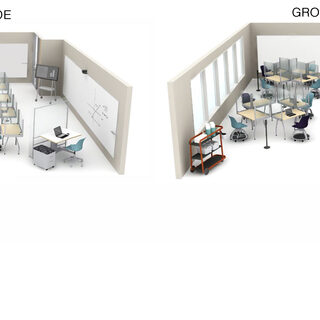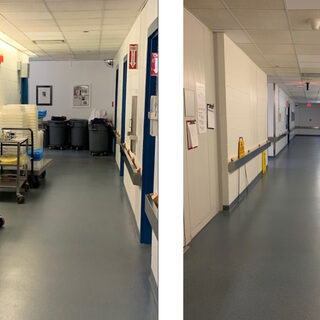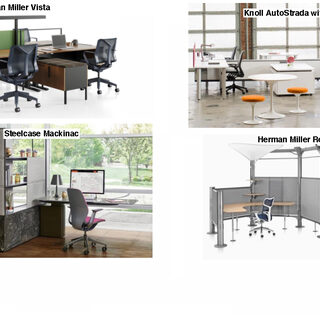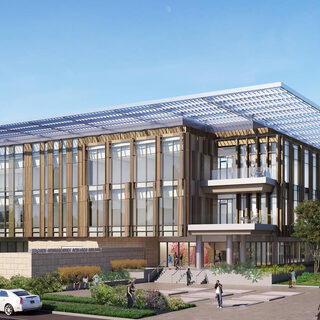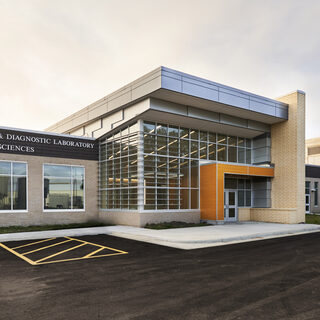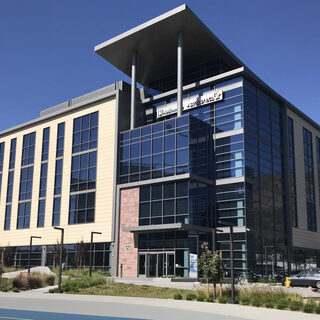Back to Campus: Guidance on Learning Space Planning, Protocols, Change Management
With this virtual school year coming to a close, college and university administrators are striving to envision how their campuses, and particularly learning spaces, might adjust in the near term when students return; 70 percent of institutions are working toward a fall reopening, according to the Chronical of Higher Education. Everything is on the table, from the physical (less dense seating in lecture halls, classrooms, and libraries; dividers between desks; and greater use of technology to reduce human contact) to the operational, including staggered schedules, enhanced cleaning protocols, new student codes of conduct, and strict pedestrian traffic flows. In order for these plans to succeed, alterations in the physical plant must be coupled with a comprehensive change management strategy for students, faculty, and staff.

